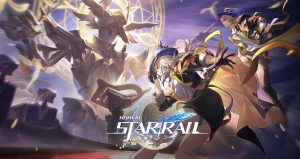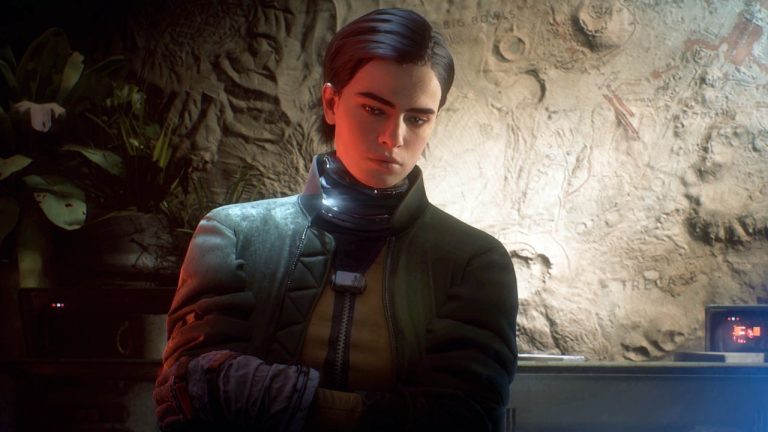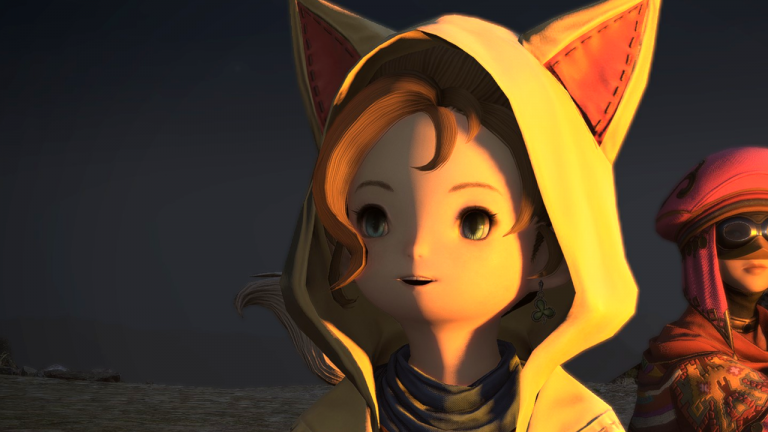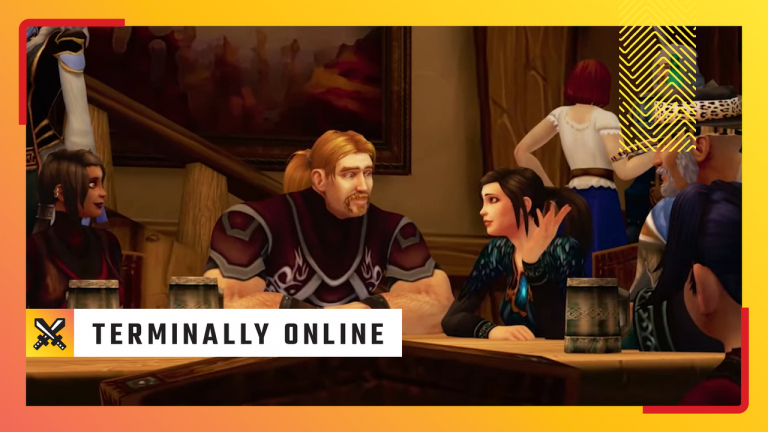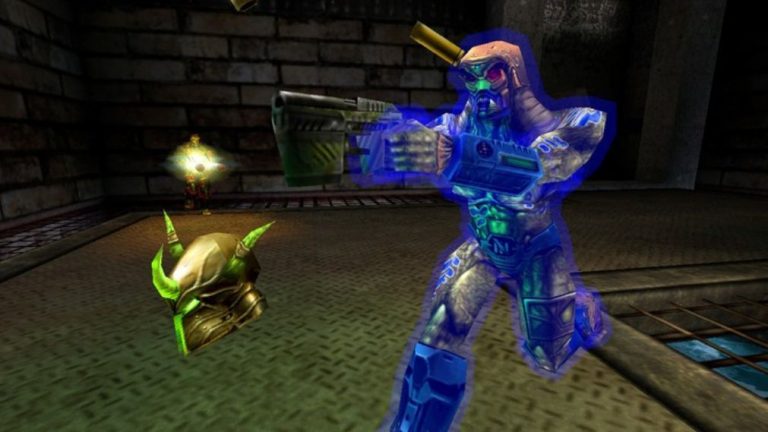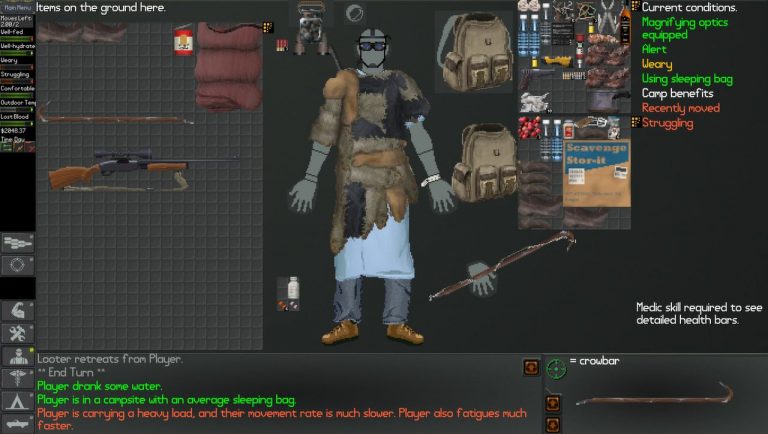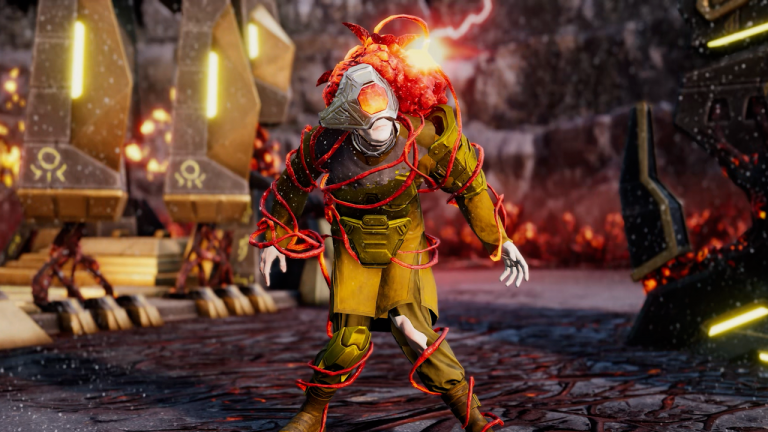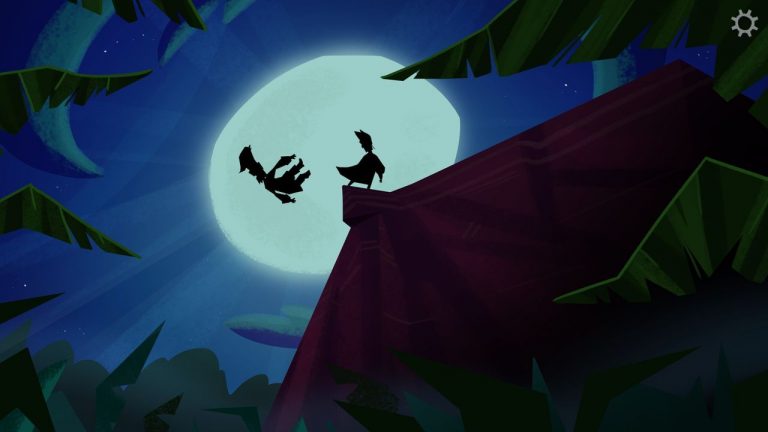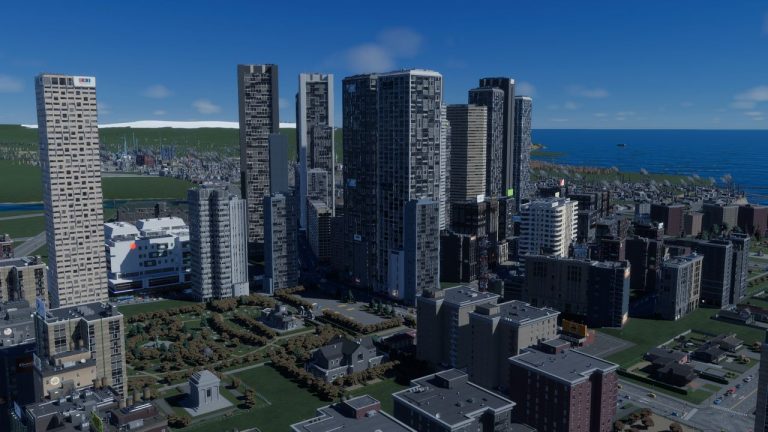At first Animal Well presents itself as a quiet, ruminative metroidvania. A simple time-worn videogame blob wanders a psychedelic subterranean labyrinth towards some obscure purpose, solving puzzles with a growing collection of tools. My cherished blob is neither armed nor dangerous, because while animals populate this murky realm—cats, dogs, crows, kangaroos, worms, stingrays—few are hungry for blobs. Most are content just to sit and watch, often in proximity to the many bizarre statues built in their honour. Built by who or by what? I’ve got no idea. I’m so far down the food chain most creatures don’t even consider me food.
What is it? A free-roaming puzzle game with a bottomless well of secrets.
Expect to pay: TBC
Developer: Billy Basso
Publisher: Bigmode
Reviewed on: RTX 3060 (laptop), Ryzen 5 5600H, 16GB RAM
Multiplayer? No
Steam Deck: Verified
Link: Official site
But in the rare cases animals do take issue with my presence the noise is terrifying. Shrieks pierce through the reverberant gloom with an exaggeration matched only by the oversized animals themselves, whose limbs don’t perambulate so much as they ooze across the screen. The whole world seems to wobble when shit hits the fan; loud drones breach the quiet. These encounters aren’t usually difficult per se, but they are unutterably stressful, cutting through the tomblike tranquillity with abrupt violence. There are never two animal species on screen at once, because all have staked their territory.
Animal Well is one of the most atmospheric metroidvanias I’ve played, and there’s a lot of strong competition. The subtle ambient synth score lends a tense ambiguity to its crypt-like passages, and the sound design cloaks everything in an uneasy subaquatic quiet. The air is full of distant sounds of mysterious provenance. Is that a meowing kitten? Is that a shrieking human child? The art style is a gentle mix of muted neon pixels with cavernous blacks, scanlined to dreamy effect. Rare is the room without some unique hieroglyph or statue. This is a game world dabbed by an ultra-meticulous hand. When a room appears featureless, my suspicions are put on high alert.
There is no dialogue and direction is minimal. I spent about five hours roaming this world before I got a sense of what I was meant to do but I always felt like I was getting somewhere. First I found a bubble wand, which makes it easier for my blob to reach higher platforms. Then I found a frisbee for flicking out-of-reach switches and distracting curious dogs, though I later discovered that with careful timing I can ride this frisbee over dangerous chasms too. There’s also a slinky, a yoyo and—most mysteriously—a panpipe, which can play eight notes, though I only ever needed to honk it carelessly as a means of distraction or attraction. All these and more can be used for either traversal, puzzle solving or both, in ways ranging from obvious through to surprising. Best of all, I often wondered whether I was accidentally sequence-breaking this game.
Creature feature
For a long time Animal Well feels more forgiving compared to most of its indie contemporaries. There’s no conventional combat, meaning no repeated laborious attempts at bosses. When it comes to rare prickly encounters with oversize wildlife it’s usually wise to run, or else figure out what’s angering them and put a stop to that. The map sprawls in typical metroidvania fashion but once the objective sank in—itself of extremely vague purpose—I didn’t get as lost as I did in Hollow Knight (but more on this later).
(Image credit: Bigmode)
(Image credit: Bigmode)
(Image credit: Bigmode)
The puzzles can be taxing, but they always clicked just on the threshold of tedium. Sometimes they involve setting Rube Goldberg-style systems into motion, or coaxing friendly animals into doing my bidding, or discovering new ways to use the items at my disposal. Sometimes the puzzles are single-screen problems, while at other times they span whole regions. There’s also some tricky platforming, which is at its best when requiring quick and smart use of blobbo’s tools with pixel precision. If I’m really clever, I can find hidden eggs spread throughout the map, all with unique names (I found one called Egg as a Service). After about fifteen unrushed hours I watched the credits roll, surprised by how breezy—almost easy—Animal Well was. If that had been the end, it would have been a memorable metroidvania for the pile.
But it is not the end. The credits rolling in Animal Well just marks the end of one game and the beginning of another. After moseying about the world for a few more hours post-credits, I was ready to close the game and start this review, until I found a certain-shaped object that could fit in a certain-shaped hole, which led me into a new region hiding a new tool that, no exaggeration, changed everything. In Elden Ring-style sleight of hand, the UI had suggested to me that there were no further tools to be discovered. But suddenly the map, which had grown stale for me, became riddled with new opportunities. Every previous deadend needed to be revisited. Animal Well morphed from a fun-verging-brilliant indie metroidvania into something that now keeps me awake at night. I’m not ready to move on, and I won’t, but I’m going to need a hivemind’s help to unpick its deepest secrets.
And that’s not to mention all the clear evidence of conundrums I haven’t really begun to scratch the surface of. What’s with those monkeys throwing peanuts at me in that one particular room? Why is there a giant clock at the foot of the well? What’s with the chrome-hued rotating donut? What are those directional hints that appear in certain hard-to-reach areas? My panpipe can play eight notes: which among this well’s inhabitants wants to hear a particular melody? (And are those directional hints melodies? If so, who wants to hear them?) I’ve found a giraffe statue, so where’s the giraffe? Nestled within a stylish and moody metroidvania is an even bigger metroidvania, kinda like a reverse matryoshka doll. For genre enthusiasts, this might make more sense: it starts as critical path Fez, and then morphs into La-Mulana.
(Image credit: Bigmode)
(Image credit: Bigmode)
(Image credit: Bigmode)
Still, it was when the game “ended” and I needed to take a more exacting approach to exploration when Animal Well’s only glaring imperfection came to the fore. The map is woeful, especially if you sit more than a metre away from your screen (I recommend turning scanlines off when viewing the map, because it’s easy to mistake the lines for unexplored gaps in walls). Some areas are connected via chutes—basically a fast travel system—but these chutes are marked on the map with a single white pixel. This didn’t matter so much during the main game, when movement around the world can be achieved by gut instinct, but when the aim shifts to discovering the hidden nooks and crannies left behind, the map proves frustrating. There are a range of stamps that can be applied to the map as reminders, but these have the opposite problem of being too large. A metroidvania with an easily parseable map is a true rarity, yes, but few metroidvania maps are as intestinal as this one. Still, you should accept the existence of a free-range drawing pen for the map as evidence that you’ll probably need it.
Animal Well is a puzzle game designed to keep players busy for up to a decade. “Finishing” it may suffice for the majority of players, but it’ll likely remain an ongoing mystery for its (at this point theoretical) online community, just like Fez did over a decade ago. I can’t see why it won’t attract a healthy community of sleuths and spectators considering the intrigue of its pre-release ARGs, the fact that the publisher Bigmode is a videogamedunkey concern, and not insignificantly, that the game feels brilliant and more-ish in the hands.
It’s rare for a game that hints towards fathomless depths to so continually reward curious prodding—especially when that game is under 50 megabytes!—but Animal Well, like Fez, Spelunky and Hollow Knight before it, feels like it could be a concern for years to come. Whether its deepest mysteries pay off or not is a matter for the future, but right now, this is the most engrossing exploration platformer I’ve played in years.


